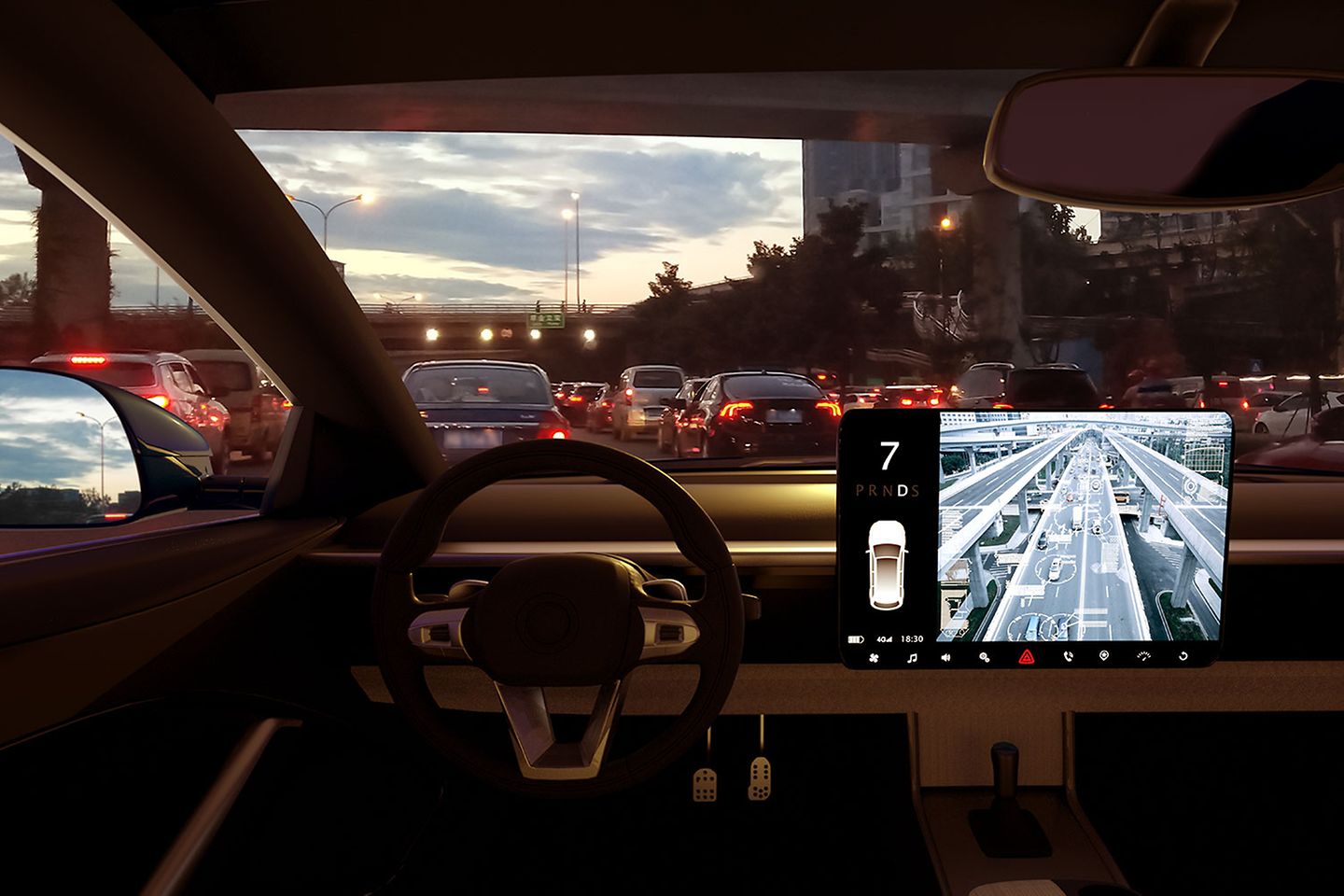
Virtual reality and augmented reality, smart cities and smart homes – an increasing number of devices, machines and sensors are connected to the Internet of Things (IoT) and they continuously generate large amounts of data. Even the most powerful network sometimes takes too long to transfer data to a data center or cloud for analysis. The solution is called edge computing: Decentralised data processing directly through the robot in production or the IoT device.

Data growth at the edge – the network periphery of the internet – far exceeds WAN bandwidth growth, making it impossible to transfer all data to a data center. Data processing at the point of origin saves time, relieves networks and minimises latency during data transmission.
Edge computing enables organisations to leverage the results of their data processing and analysis across multiple locations around the globe quickly and easily. Edge computing also plays a major role in the use of augmented reality and virtual reality – be it in the industrial IoT environment or in the gaming sector. The data must be processed directly on site to ensure the smooth use of devices such as VR glasses or augmented reality apps on smartphones.
Real-time data processing with lowest latency: This allows intelligent applications and devices to respond almost immediately to data as soon as it is created. Get inspired by the video.
The use of edge computing in industrial environments helps to bring IT and OT (operational technology) closer together. By connecting to the edge computing platform, the robot benefits from a secure, non-contact connection to IT and clouds. OT eco-system, DevOps methods or container technologies can be made available to reduce development cycles. In addition, innovative technologies such as edge analytics, local artificial intelligence or augmented reality/virtual reality can also be used in the OT environment.

Edge computing is used, for example, to test drive prototypes of autonomous cars. Sensors, control units and actuators generate large amounts of data, especially when several vehicles are tested in parallel at different locations under different conditions. Sometimes, data in the multi-digit petabyte range accumulates daily for processing. Thanks to local data analysis (code to data) in the mobile mini data center on site, it is only necessary to transmit the results. This means that they can flow directly into the further development of the vehicles, as all development laboratories around the globe have access to the results.
In addition, decentralised data processing is used for autonomous transport vehicles both in the interior and exterior. For example, the robot communicates with edge through the 5G campus network advanced solution from T-Systems. The technology enables smart, autonomous navigation, safety and obstacle avoidance. The solution can be adapted to different sensor and robot setups.
Decentralised data processing also ensures that gamers can use augmented reality games such as Pokémon Go through the internet everywhere without interruption. With edge computing, data processing is brought closer to where it is needed. This allows you to create a completely new virtual gaming experience for the smartphone.
T-Systems offers fully managed edge computing & edge analytics services for near edge based on a world-class edge software ecosystem across multiple platforms. T-Systems also integrates edge computing into public clouds such as Azure, AWS and Open Telekom Cloud, while never losing sight of IT security.
At the core of edge-computing controlled digital transformation is: